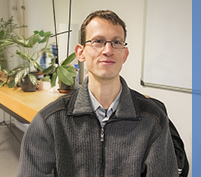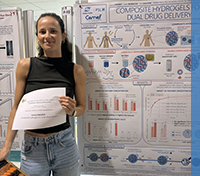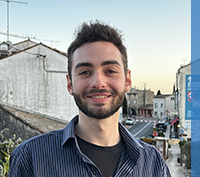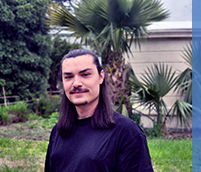PhD defence of Claude Korolakina
FE modeling of the spinning process of cryogenic hydrogen tank domes for future hydrogen-powered commercial aircraft
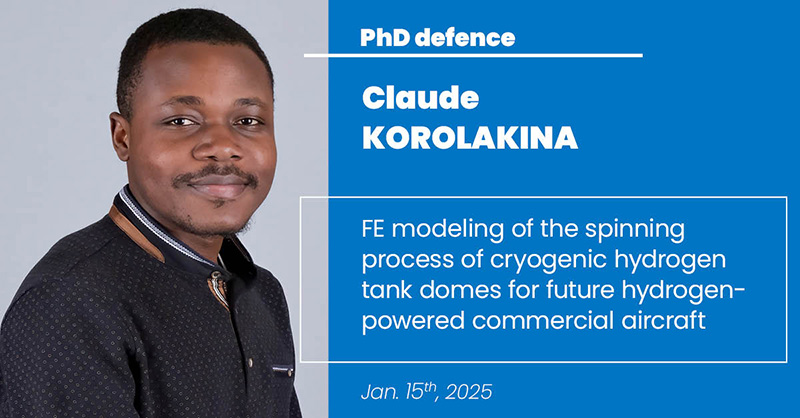
Claude Korolakina conducted his doctoral research in the CSM research team, under the supervision of Pierre-Olivier Bouchard and Katia Mocellin. He defends his PhD in Computational Mechanics and Materials specialty on Jan. 15th, 2025 in front of the following jury:
M. Jean-Philippe PONTHOT Université de Liège
M. Laurent LANGLOIS ENSAM Metz
M. Yannis KORKOLIS TU Dortmund
M. Music OMER DeepForm Ltd
Mme Sandrine THUILLIER Université Bretagne Sud
M. Pierre-Olivier BOUCHARD Mines Paris – PSL – CEMEF
Mme Katia MOCELLIN Mines Paris – PSL – CEMEF
Mme Anne LEPIED Airbus
Abtract:
Metal spinning is an incremental sheet forming process whereby a flat metal blank, clamped against an axisymmetric mandrel, is progressively formed by a roller onto the mandrel surface while being rotated along with the mandrel and the clamping system. The process is currently explored as a promising candidate process for the manufacturing of cryogenic tank domes in the scope of Airbus ZEROe project. The process has already been used with great success to manufacture components for cryogenic storage applications in spacecraft and launch vehicles. However, the requirements for aviation are tighter. The storage tanks would have to endure several thousand cycles of take-offs and landings. Optimization of the process is crucial, especially for preventing material failure and ensuring dimensional accuracy of formed parts. Achieving this would be difficult and costly on the sole basis of trial-and-error experiments, given the complexity of the process. The present PhD project aims to develop an efficient and robust finite element (FE) model of the spinning process well suited for dome manufacturing, seen as a key tool in the process optimization. First, the material of interest (AA2219) has been characterized with respect to the process route involving two forming stages with an intermediate quenching step and a final aging step. This has helped to understand the stakes in the sequence of operations in terms of formability of the workpiece and mechanical performance of the final part. Then, the respective constitutive models have been established and a FE model of the process has been set up with Abaqus and validated against experimental industrial tests. A thermomechanical simulation of the quenching step is implemented to estimate quench-induced distortions and residual stresses. Given the extremely long computational time required for accurate spinning simulations, various solutions have been explored and are discussed in terms of both efficiency and accuracy. Eventually, an approach to predict the spinnability of the material of interest is presented.
Keywords: Spinning,FE Modeling,Hydrogen-powered aircraft,Constitutive modeling




